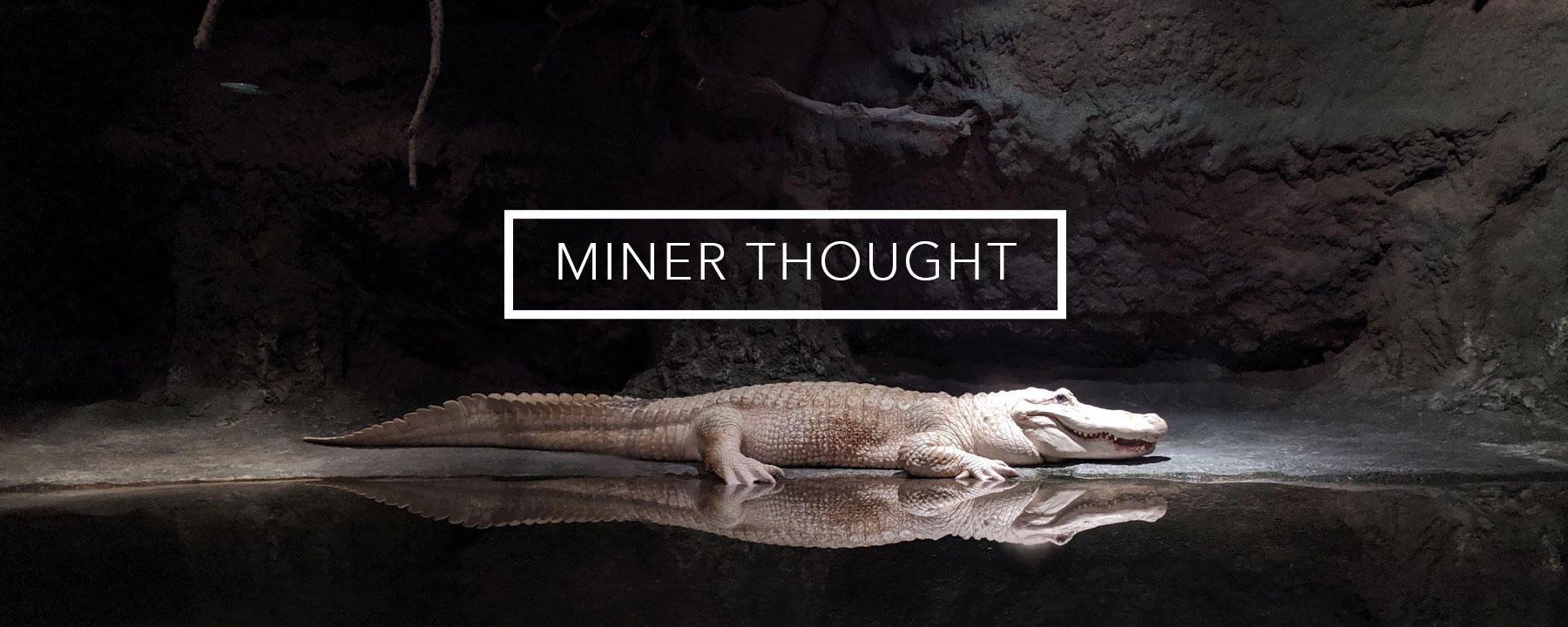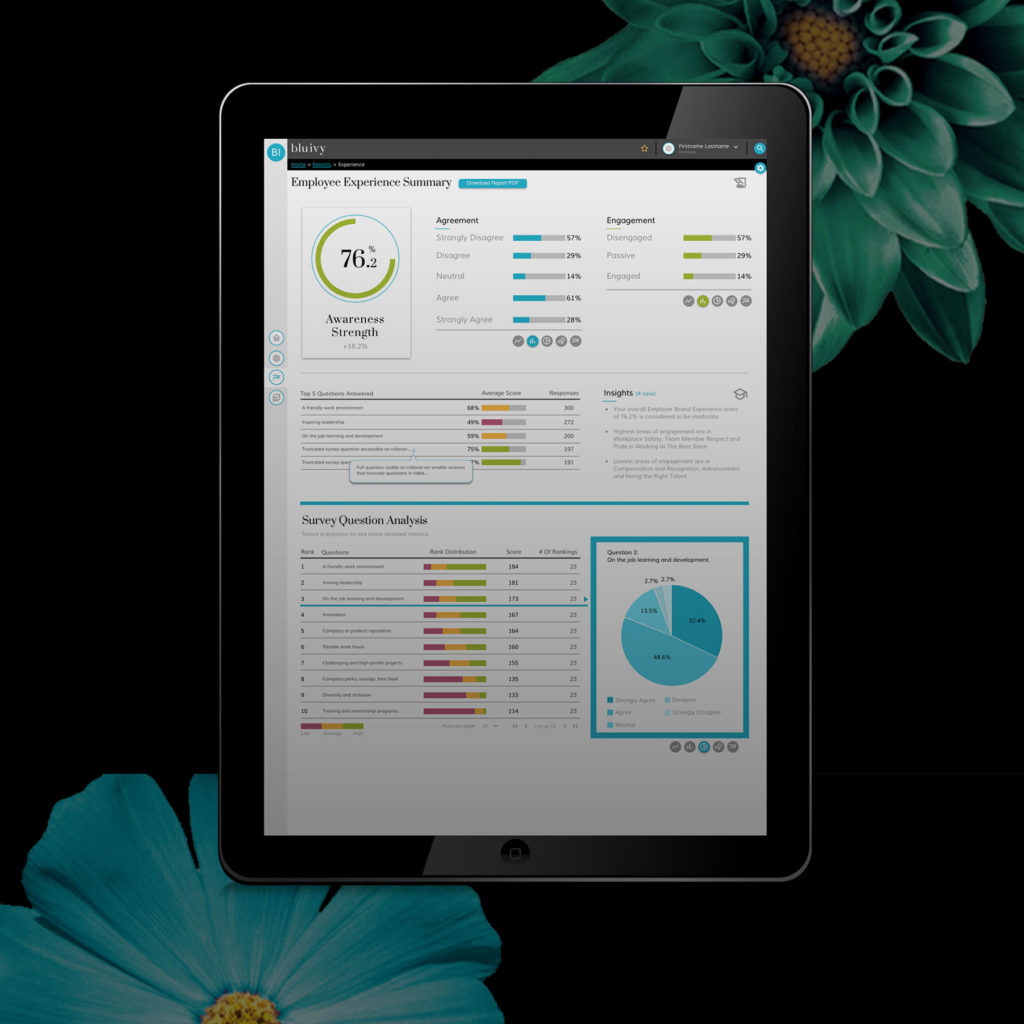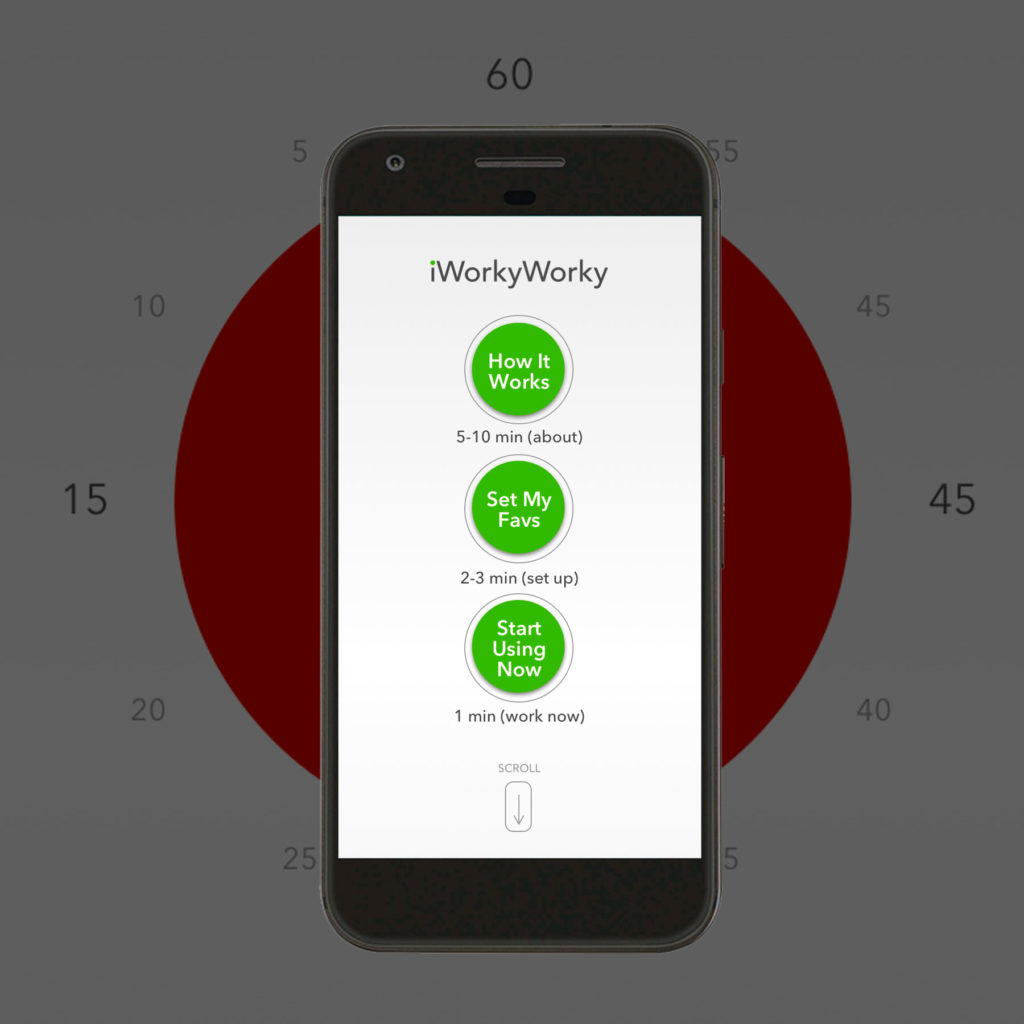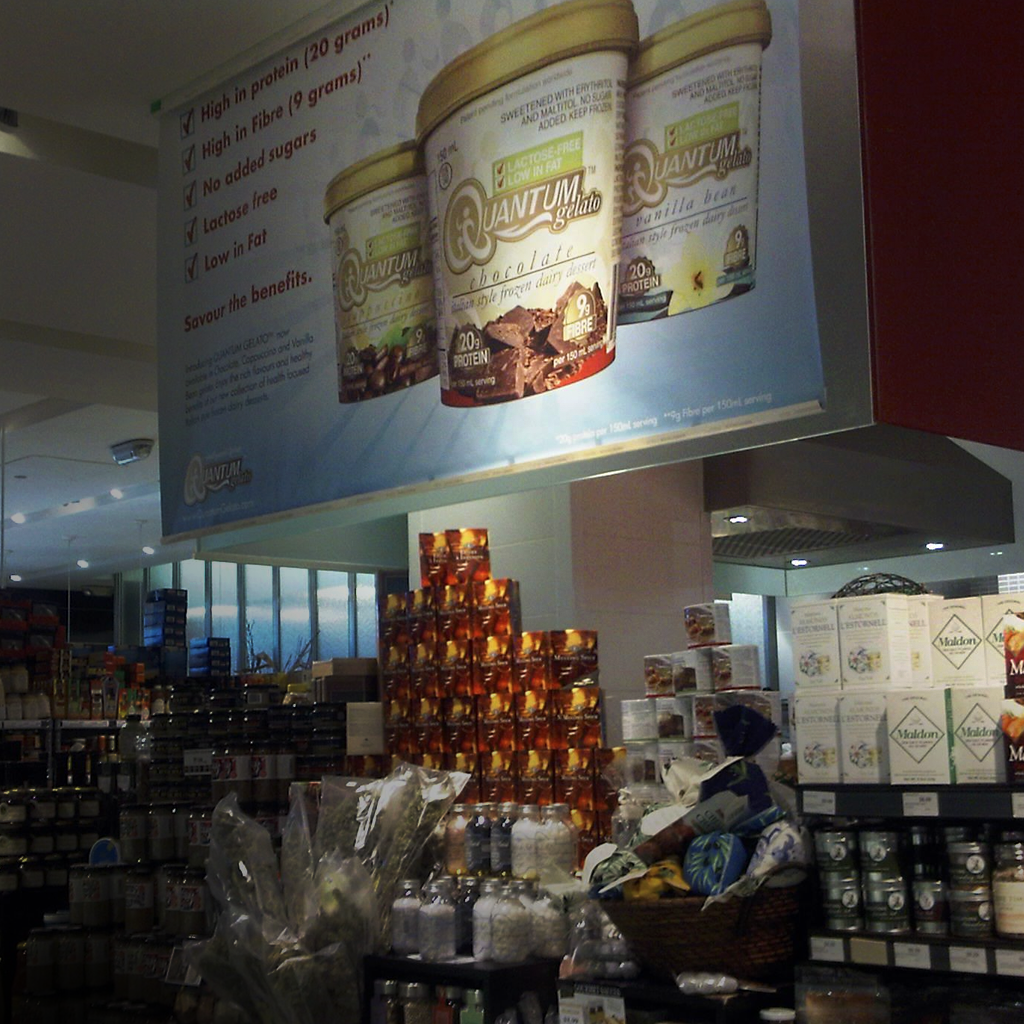Miner Thought partners with forward-thinking organizations at the intersection of creativity and technology — building brands, interfaces, and experiences designed for human advancement.
Located in Kingsville, Ontario, Canada — our experience, clients and vision is global.
Our Product Design Process Puts Effort In The Upfront
We believe great products start with deep understanding. Our process begins with investing time up front — through research, mapping, and structured collaboration — to ensure every user experience is purposeful and clear.
View our UX, UI, and Product Design Process… (Click to expand)
- Listen: Conduct interviews, conversations, and mixed-method research (qualitative and quantitative)
- Understand: Define or refine user profiles and user stories
- Map: Create journey maps, CX flows, data flows, and KPIs
- Detail: Identify known, discovered, and unvalidated issues
- Think: Develop and present initial strategic concepts
- Document: Build living requirement docs and information hubs (BRD, Wikis, Presentations)
- Architecture: Develop site maps, IA flows, and page-level structures
- Structure: Create wireframes — paper and digital low-fidelity versions
- UX: Build linear, clickable prototypes
- Validate: Audit, test, and refine solutions
- Design: Develop or direct high-fidelity UI design
- Handoff: Deliver final assets and update dev documentation
- Launch: Oversee QA with development through deployment
Our Creative and Design Direction Focuses on Strategic Ideas that Drive Brands
While we often lead complex interactive design projects — applications, platforms, and digital experiences — our foundation is over 20 years of globally awarded brand and advertising design. Every project we take on is rooted in strategy, collaboration, and creative craft.
View our Creative and Design Direction Process… (Click to expand)
- Bond: Build relationships first — we meet to ensure we’re the right fit
- Understand: Learn your brand, product, and core values
- Strategize: Develop a clear project brief and research plan
- Align: Confirm objectives and deliverables
- Create: Develop a creative brief that inspires original ideas and design
- Craft: Execute those ideas with precision and attention to detail
- Launch: Deliver work to market and track its success
Our thoughts on AI in creative services
We see AI as a tool — not a replacement for human creativity. It helps us move faster and stay lean, but we rely on decades of experience, intuition, and craft to create meaningful work. If you’re looking for quick AI “pretty” visuals without strategy or depth, we’re probably not the right fit. But if you value thoughtful use of AI to enhance creative intelligence, we’re aligned.
Learn how we use AI in our services… (Click to expand)
- Research & Documentation: Support product and business requirement writing, persona creation, user flows, and wireframes
- Automation: Streamline operations — from meeting dictation to structured note generation — so our teams can stay focused on creativity
- Writing Support: Use AI for proofreading, variations, and ideation — always human-reviewed for final polish and nuance
- Concept Visualization: Create quick placeholder graphics or motion concepts before collaborating with professional production teams
- Interactive Prototyping: Develop coded prototypes (“Vibe Coding”) as proof-of-concept models before full development — saving time and resources during design exploration




